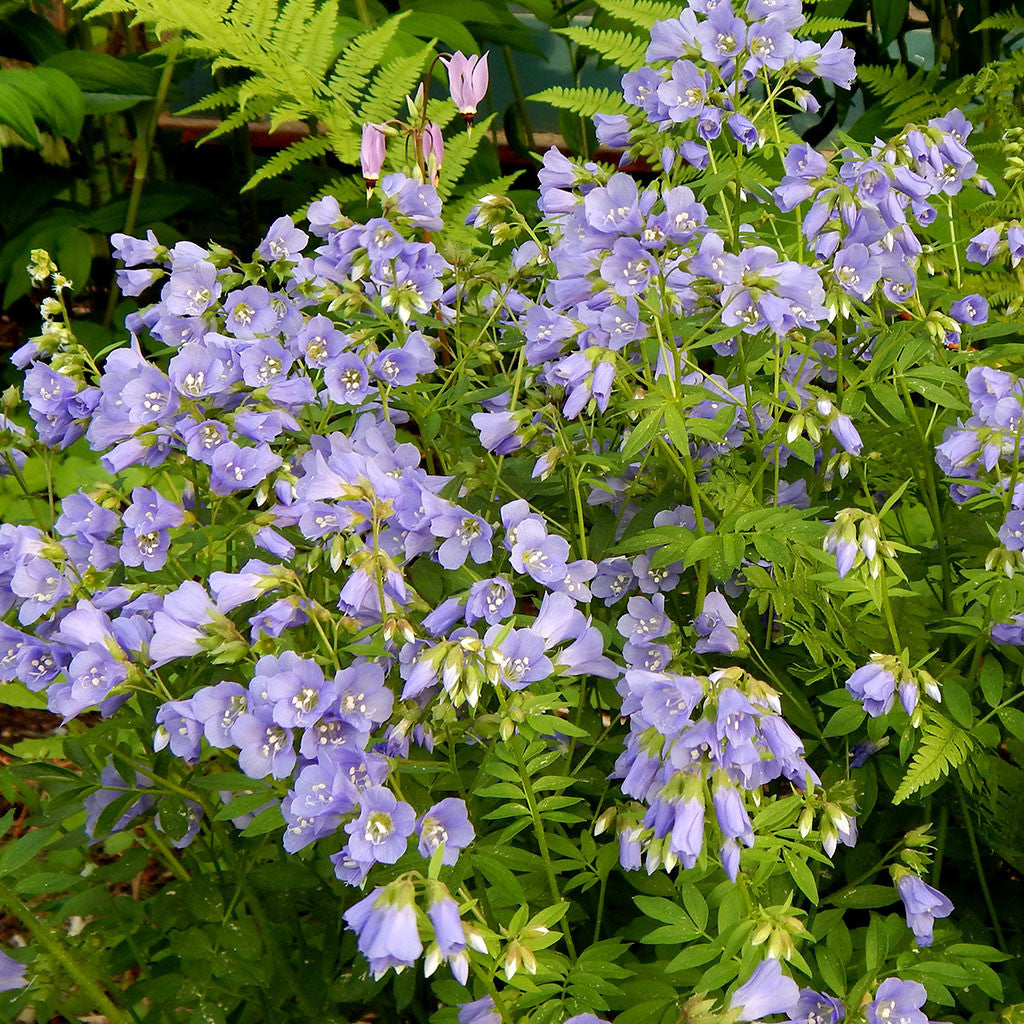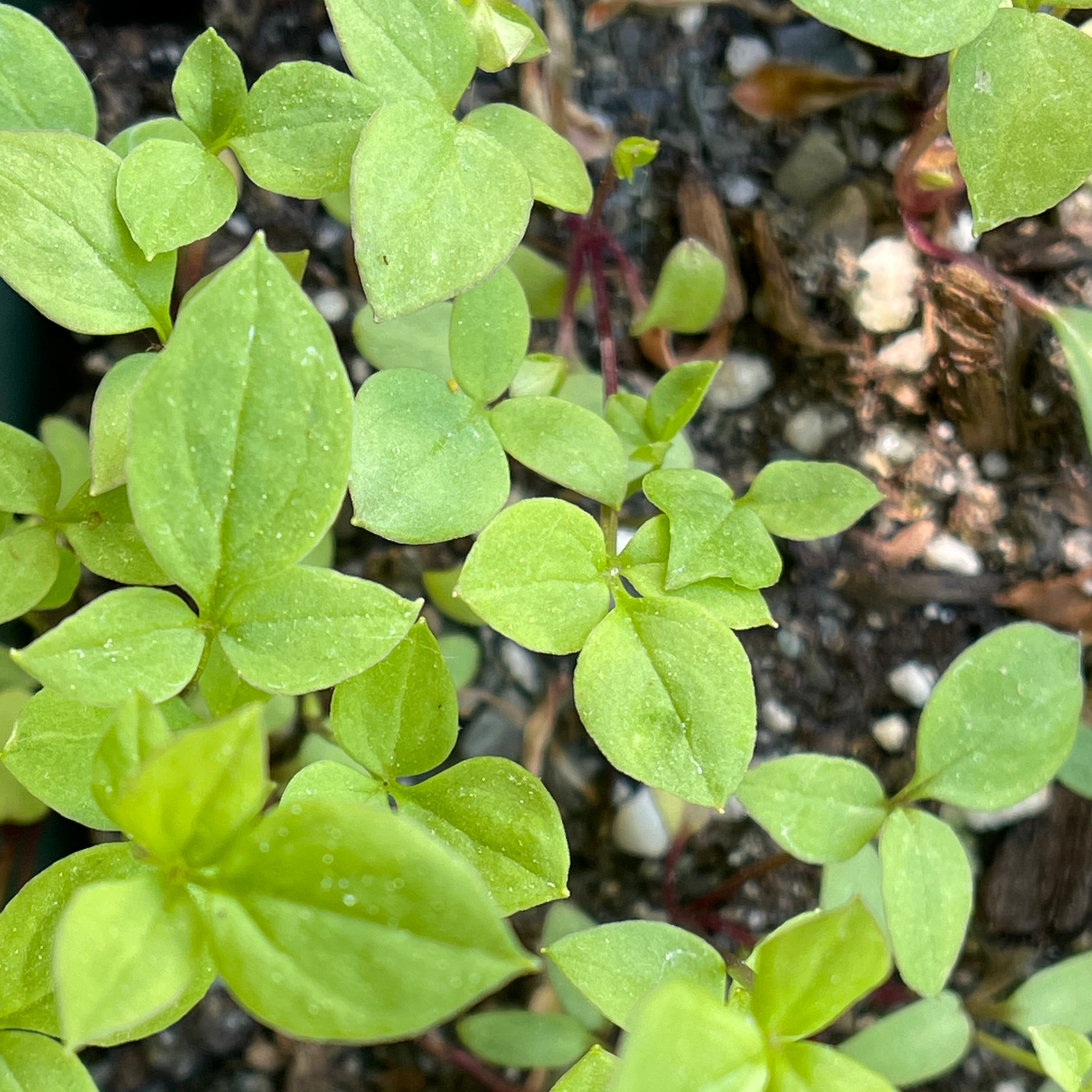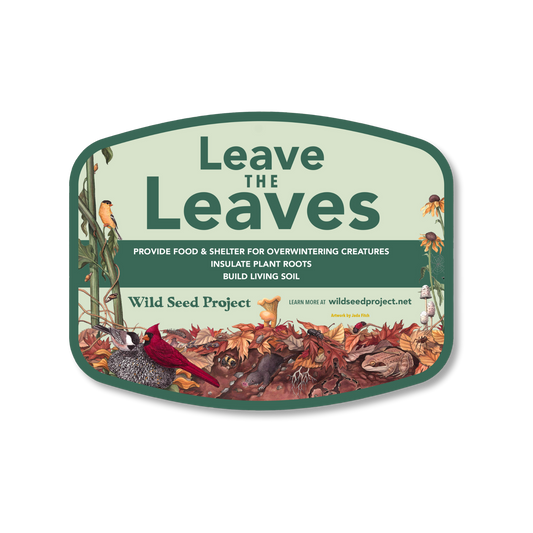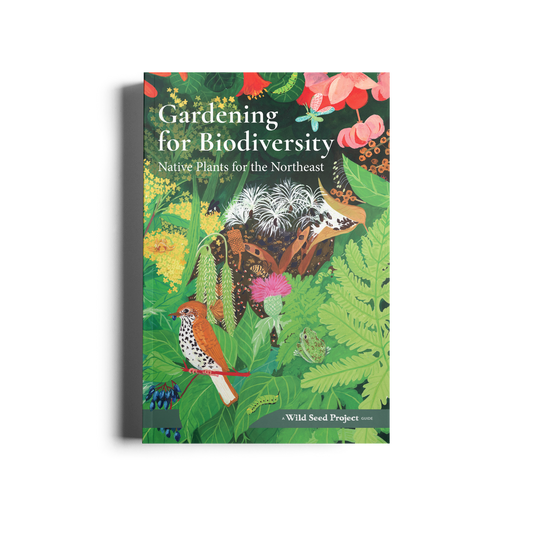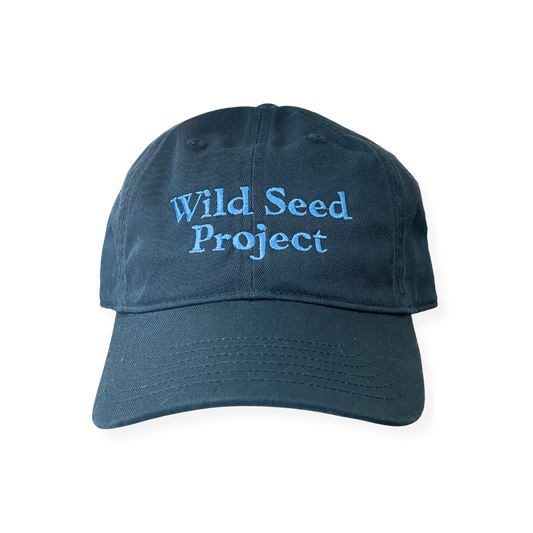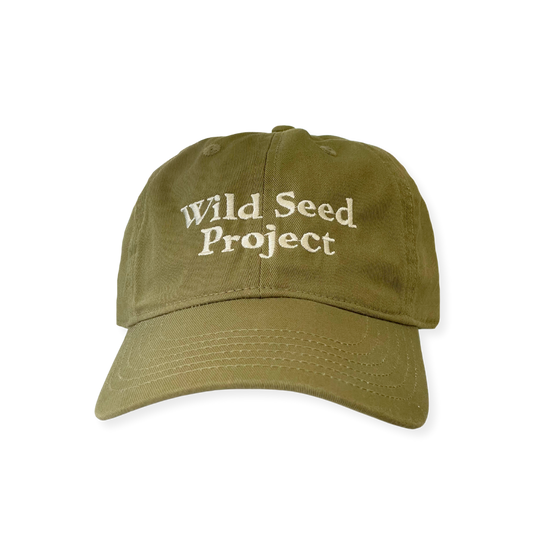Jacob's ladder (Polemonium reptans) Seeds
Jacob's ladder (Polemonium reptans) Seeds
Out of stock
Couldn't load pickup availability
In mid-spring, bright-blue bell-shaped flowers sit above neat clumps of rich-green ladder-like leaves. Attractive to spring pollinators.
Native to Maine: No. Naturalized in southern New England but native to the Midwest.
Growing conditions: Shade to sun in medium soil
Grows up to: 1'
Blooms: In mid-spring
Pairs well with: Eastern shooting star, golden groundsel, cranesbill geranium, red columbine, Northern lady fern, and tall anemone
Natural habitat: Woodlands and shady edges
Seeds per packet: 30
These seeds need a winter or cold period to germinate - a minimum of 60 days below 40°F in moist soil (or sand or vermiculite). Sow outdoors in pots November through February. This species is challenging to grow, and a great species for more experienced seed-sowers.
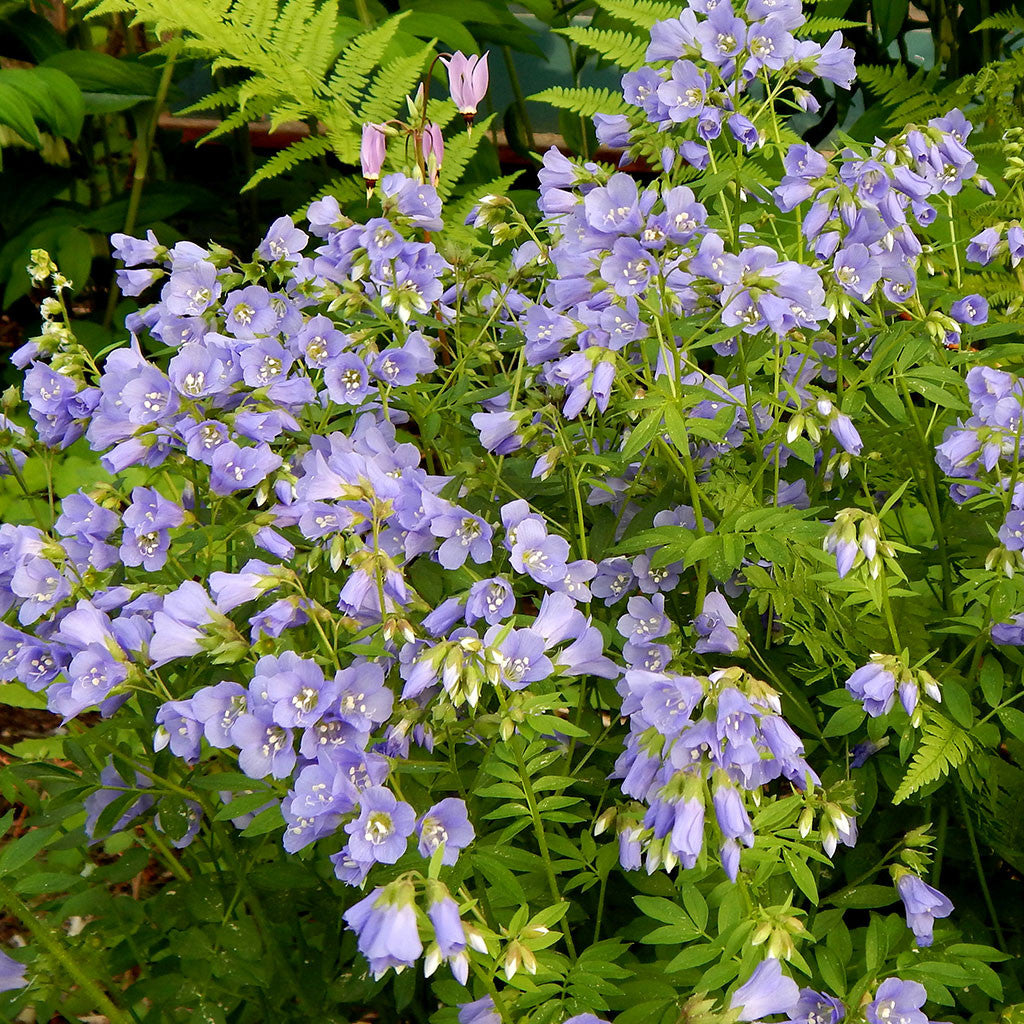
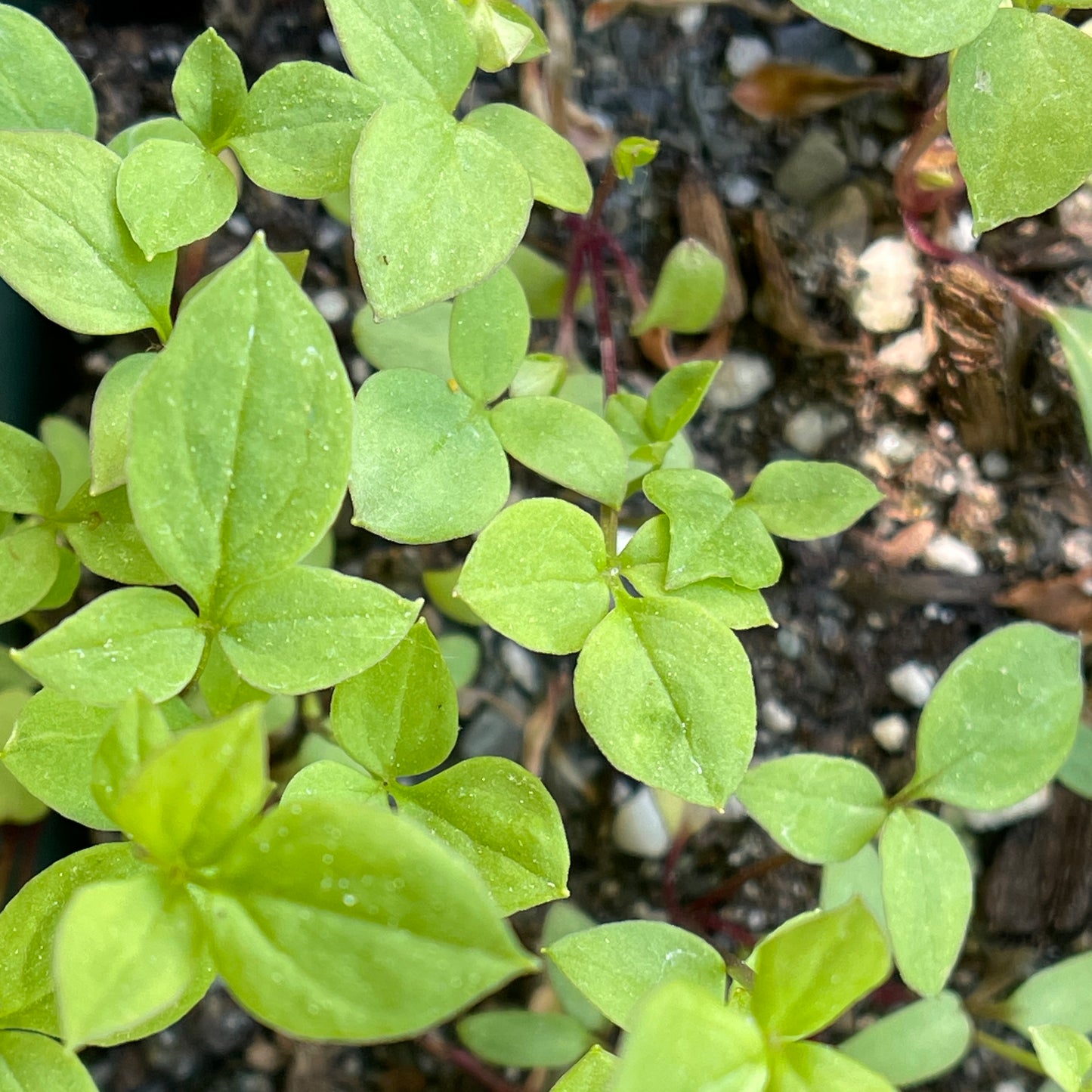
More from Wild Seed Project
-
Leave the Leaves Yard Sign
Regular price $ 23.80 USDRegular priceUnit price / per$ 28.00 USDSale price $ 23.80 USDSale -
Gardening for Biodiversity: Native Plants for the Northeast
Regular price $ 22.00 USDRegular priceUnit price / per -
Classic Logo Hat in Blue
Regular price $ 26.00 USDRegular priceUnit price / per$ 30.00 USDSale price $ 26.00 USDSale -
Classic Logo Hat in Moss
Regular price $ 26.00 USDRegular priceUnit price / per$ 30.00 USDSale price $ 26.00 USDSale
